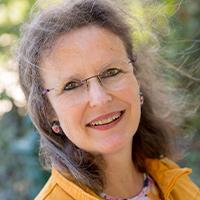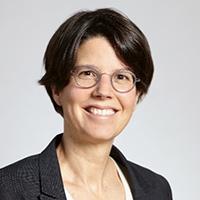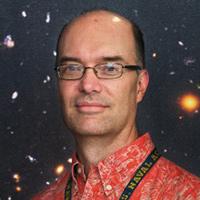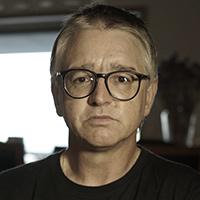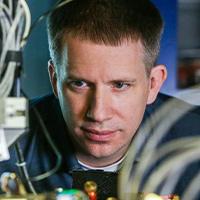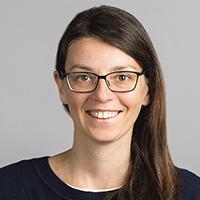Plenaries
EOSAM includes several high-level speakers from various fields of optics. These plenary speakers will present their research to the whole audience at EOSAM.
You can view the detailed schedule for the whole conference (including plenary times) at: https://www.conftool.com/eosam2022/sessions.php
We are proud to announce the following plenaries have been confirmed for EOSAM2022
|
Jacqueline Bloch |
Rachel Grange |
Joseph Howard |
Hervé C. Lefèvre |
Nuno M. R. Peres |
Arno Rauschenbeutel |
Silvia Vignolini |
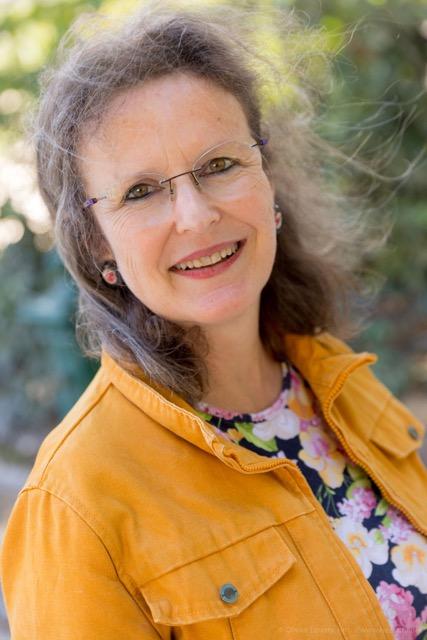
Jacqueline Bloch
Professor
Centre de Nanosciences et de Nanotechnol (FR)
Jacqueline Bloch is CNRS Research director at the Center for Nanoscience and Nanotechnology in Palaiseau, France. She is an experimentalist, expert in light matter coupling in semiconductors. Making use of state of the art nanotechnology facilities available at C2N, her group has made pioneering contributions in the study of quantum fluids of light, exploring a large variety of physical problems, from superfluidity to acoustic black hole, flat band and Dirac physics, from topological photonics to KPZ universal scalings.
She is Professeur Chargée de Cours at Ecole Polytechnique. She was awarded the 2015 Jean Ricard Prize, the 2017 CNR Silver medal and the 2019 Ampère Prize of the French Academy of Science. Since 2019, she is a member of the French Academy of Science.
Title: Polariton quantum fluids in semiconductor lattices
Non-linear photonic resonators, coupled within a lattice, have appeared in the recent years as a powerful synthetic platform to imprint on light fascinating physical properties such as superfluidity, Bose Einstein condensation processes or topological properties. Such realizations are not only interesting from a fundamental point of view, but also inspire innovative photonic devices.
Jacqueline Bloch will give an introductory presentation of polariton quantum fluids that can be generated in semiconductor cavities and illustrate some of the main research avenues developed using this photonic platform. She will discuss how her group demonstrated that polariton condensates belong to a different universality class than their equilibrium counterpart. Probing the spatio-temporal coherence of a 1D polariton condensate, her group evidenced universal Kardar Parisi Zhang scaling laws. This major result directly applies to any spatially extended lasing systems such as topological lasers or extended VCSELs.
You can hear Jacqueline's talk Thursday 15 September 10:30 - 11:15.
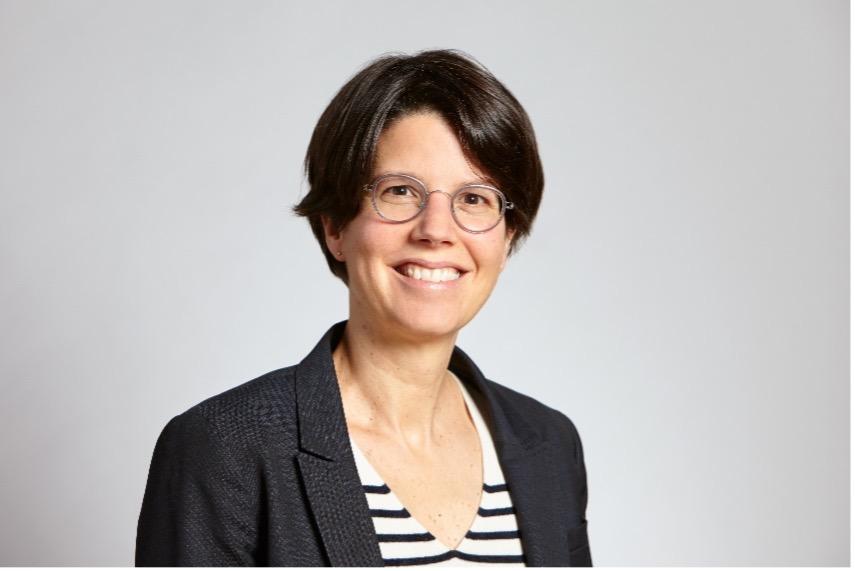
Rachel Grange
Professor
ETH Zurich, Department of Physics, Institute for Quantum Electronics, Optical Nanomaterial Group, Switzerland
Since 2021, Rachel Grange is an associate professor in integrated optics and nanophotonics in the Department of Physics at ETH Zurich. She has been assistant professor at ETH Zurich since 2015. From 2011 to 2014, she was junior group leader at the Friedrich Schiller University in Jena, Germany. During her post-doc at EPFL, she worked on nonlinear bioimaging with metal-oxides nanoparticles from 2007 to 2010. She received her Ph.D. in 2006 from ETH Zurich on ultrafast laser physics.
Title: Nonlinear and Electro-Optic Metal-Oxides for Telecom and Sensing Devices
Nonlinear and electro-optic devices are present in our daily life with many applications: light sources for microsurgery, green laser pointers, or modulators for telecommunication. Most of them use bulk materials such as glass fibres or high-quality crystals, hardly integrable or scalable due to low signal and difficult fabrication. Generating nonlinear or electro-optic effects from materials at the nanoscale can expand the applications to biology and optoelectronics. However, the efficiency of nanostructures is low due to their small volumes.
Here I will show several strategies to enhance optical signals by engineering metal-oxides at the nanoscale with the goal of developing nonlinear and electro-optic photonics devices for a broad spectral range. We use metal-oxides such as barium titanate (BTO) and lithium niobate (LNO) as an alternative platform for nanoscale nonlinear photonics. Recently, we focused on bottom-up assemblies of BTO nanoparticles to obtain electro-optic metasurfaces and quasi phase matching effects.
The field of metal-oxides at the nanoscale has a huge potential of applications in nanophotonics, integrated optics and telecommunication.
See Rachel's interview on International Women's Day
You can hear Rachel's talk Tuesday 13 September 10:15 - 11:00.
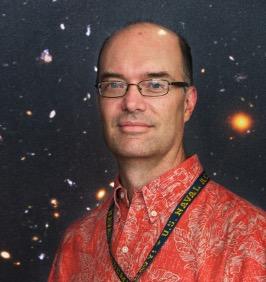
Joseph Howard
Optical Engineer
NASA Goddard Space Flight Center, United States
Joseph M. Howard received BS in physics from the US Naval Academy in Annapolis, Maryland, and his Ph.D. in Optical Design from The Institute of Optics, University of Rochester, in Rochester, New York. He now serves as an optical designer for NASA, working on projects including the James Webb Space Telescope, the Roman Space Telescope, LISA, and the other future space missions. Joe lives with his wife, two children, and dog and cat in Washington DC.
Title: Commissioning the James Webb Space Telescope
Astronomy is arguably in a golden age, where current and future NASA space telescopes are expected to contribute to this rapid growth in understanding of our universe. The most recent addition to our space-based telescopes dedicated to astronomy and astrophysics is the James Webb Space Telescope (JWST), which launched on 25 December 2021. This talk will discuss the first six months in space for JWST, which were spent commissioning the observatory with many deployments, alignments, and system and instrumentation checks. These engineering activities help verify the proper working of the telescope prior to commencing full science operations. If time, future telescopes will also be briefly discussed, including the Nancy Grace Roman Space Telescope (RST), the Laser Interferometer Space Antenna (LISA), as well as the mission concept put forward from the 2020 Decadal Survey in Astrophysics.
You can hear Howard's talk Thursday 15 September 14:30 - 15:15.
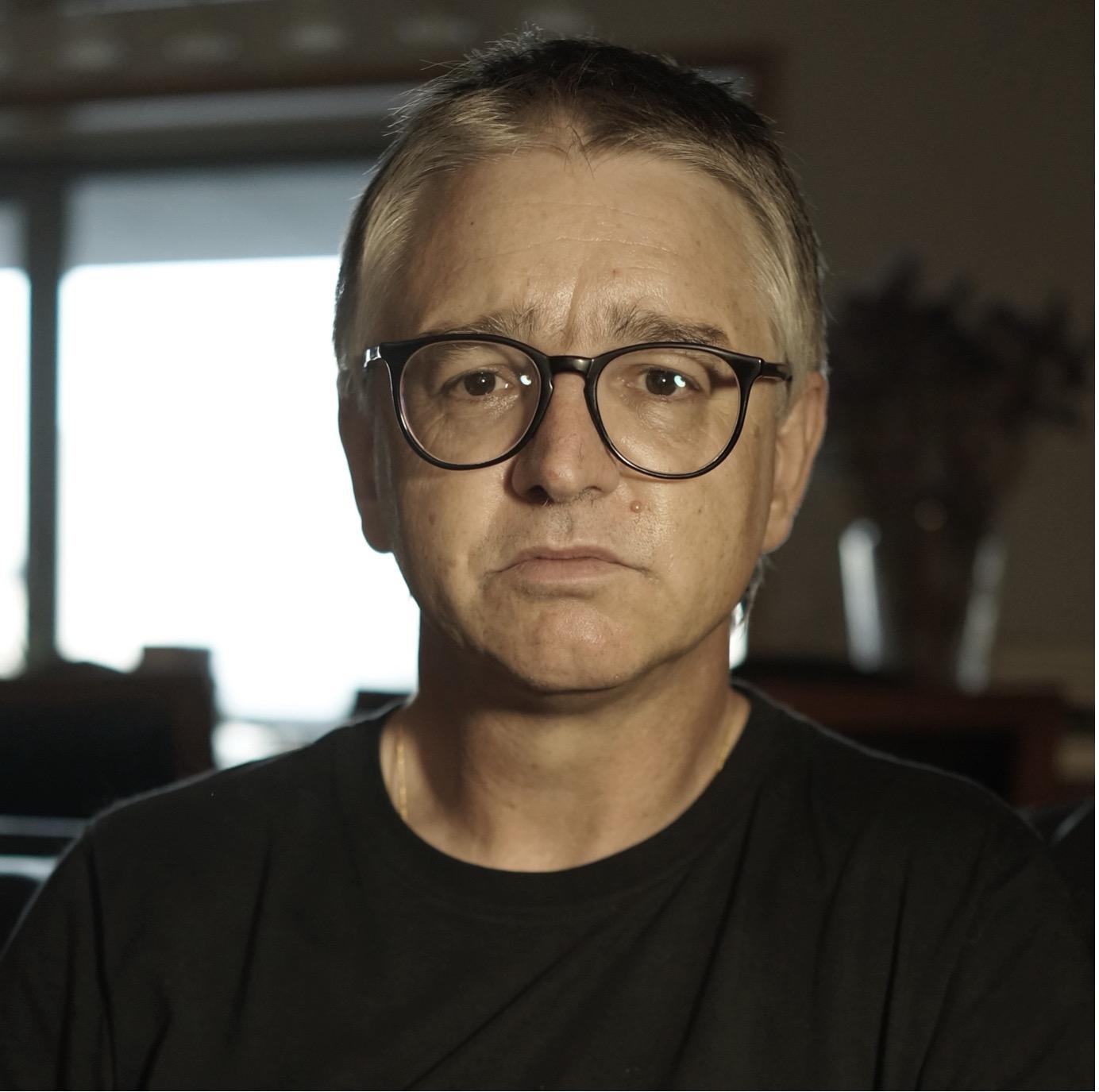
Nuno M. R. Peres
Professor
University of Minho, Portugal
Nuno Peres was graduated from the University of Évora in Portugal and received his Master degree in Physics from the Faculty of Sciences of the University of Lisbon. His Ph.D. degree was awarded to him by the University of Évora. Nuno Peres is a theoretical condensed matter physicist working in two-dimensional materials and related structures since 2004. Of special mention is his work on the electronic and optical properties of these systems and his work on plasmonics in graphene. Nuno Peres is affiliated with the Department of Physics of the University of Minho and the Iberian International Nano Laboratory (Portugal). He has published about 200 papers and a book on plasmonics in graphene. His currency h-index is 57. Orcid: 0000-0002-7928-8005.
Title: Metallic gratings covered with 2D materials: a route to polaritonics
Metallic diffraction gratings have been intensively studied for more than a century. Its theoretical study started with the work of A. Sommerfeld back to 1899. The interest in metallic gratings was kept alive for many decades to follow with the work of U. Fano and A. Maradudin extensively contributing to its understanding. The latter author contributed with a number several works to the understanding of metallic gratings taking roughness into account. By the 1980’s, gratings were considered understood and the topic faded away. Coming from a completely different area of physics, the discovery of 2D materials around 2004-2005 gave rise to a new field of research in nanophotonics based on these new types of systems. Scientists regain interest in gratings when these are covered with 2D materials. This new type of system supports new types of polaritons whose study is still in its infancy. In this lecture we will present an ongoing theoretical study of a metallic grating covered with two types of 2D materials, an insulator, and a conductor. We will see the emergence of new types of polaritons with far reaching consequences in applications to sensing and nanophotonics.
You can hear Nuno's talk Friday 16 September 10:30 - 11:15.
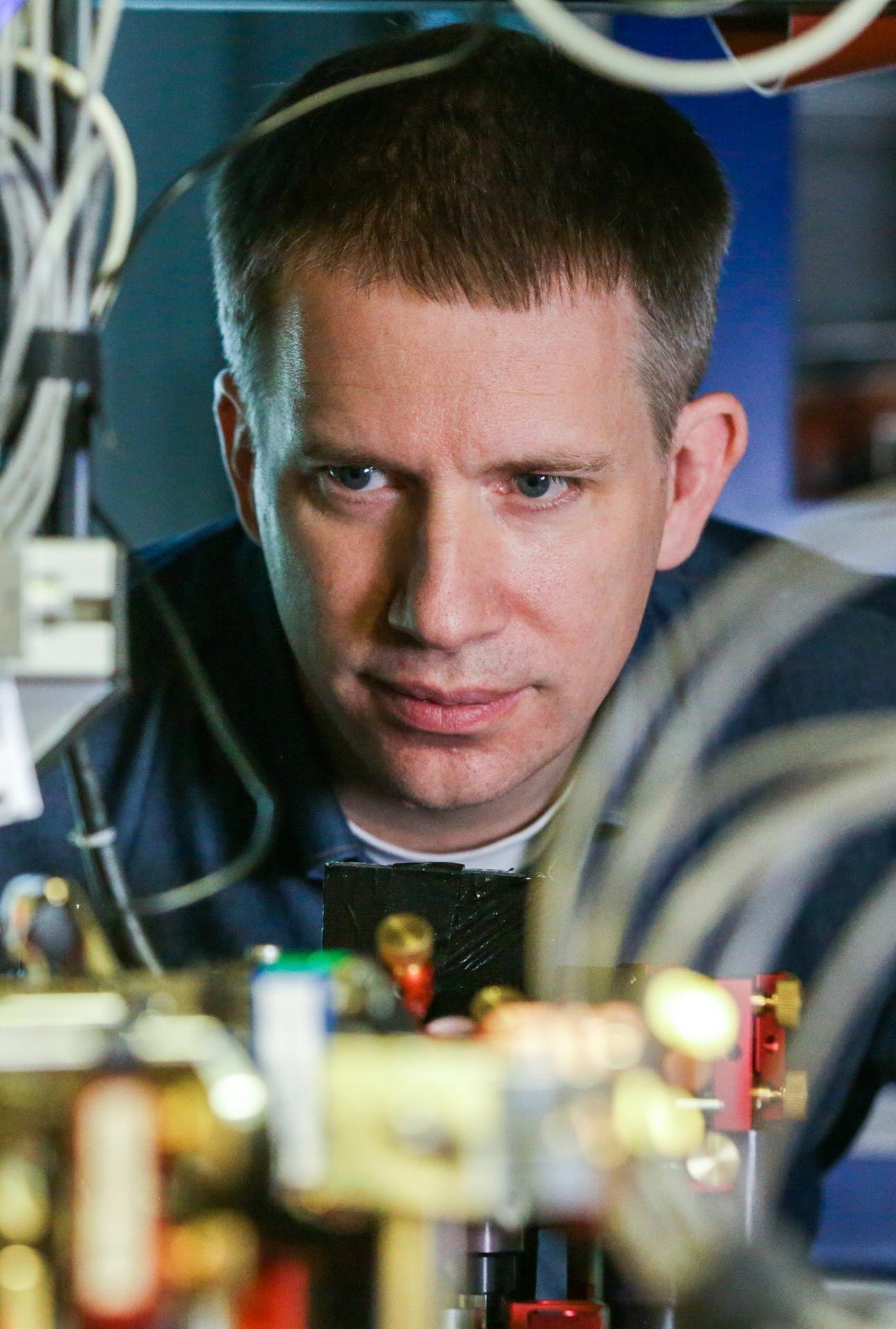
Arno Rauschenbeutel
Professor
Department of Physics, Humboldt-Universität zu Berlin, Germany
Arno Rauschenbeutel did his PhD in the group of Serge Haroche at ENS. He was Senior Scientist at the University of Bonn, Full Professor at the University of Mainz, and leader of the Applied Quantum Physics Group as well as Director of Atominstitut at TU Wien. Since 2018, he is an Alexander von Humboldt Professor and the leader of the Fundamentals of Optics and Photonics Group at HU Berlin. His research focuses on experimental quantum optics, nanophotonics, hybrid quantum systems, optical nanofibers, and optical microresonators. His group has pioneered the use of subwavelength-diameter optical fibers in quantum optical experiments. Arno Rauschenbeutel received a Marie Curie Excellence Award (EC), a European Young Investigators Award (ESF), a Lichtenberg-Professorship (VolkswagenFoundation), an ERC Consolidator Grant, and an Alexander von Humboldt Professorship (Alexander von Humboldt Foundation).
Title: Seeing A Single Atom Where It Is Not
The precise determination of the position of sub-wavelength scale emitters and scatterers using far-field optical imaging techniques is of utmost importance for a wide range of applications in medicine, biology, astronomy, and physics. In this talk, I theoretically and experimentally show that, for a standard optical imaging system like an optical microscope, the image of an elliptically polarized point-like emitter does not coincide with the emitter's real position. Instead, even for perfect, aberration-free imaging with high numerical aperture, the image will in general be shifted. This can lead to a systematic error in the optical localization of emitters which exceeds the typical precision of super-localization microscopes by far. Moreover, for the case of small numerical aperture, the shift can in principle reach arbitrarily large values. Imaging a single trapped atom as well as a single gold nanoparticle, we experimentally demonstrate this effect and observe wavelength-scale shifts. Beyond its relevance for optical imaging, the demonstrated phenomenon may also occur for sources of other types of waves. Consequently, it can, e.g., impede the precision of the localization of remote objects with imaging radar and sonar as well as the future localization of stellar objects in gravitational wave astronomy.
You can hear Arno's talk Thursday 15 September 11:15 - 12:00.
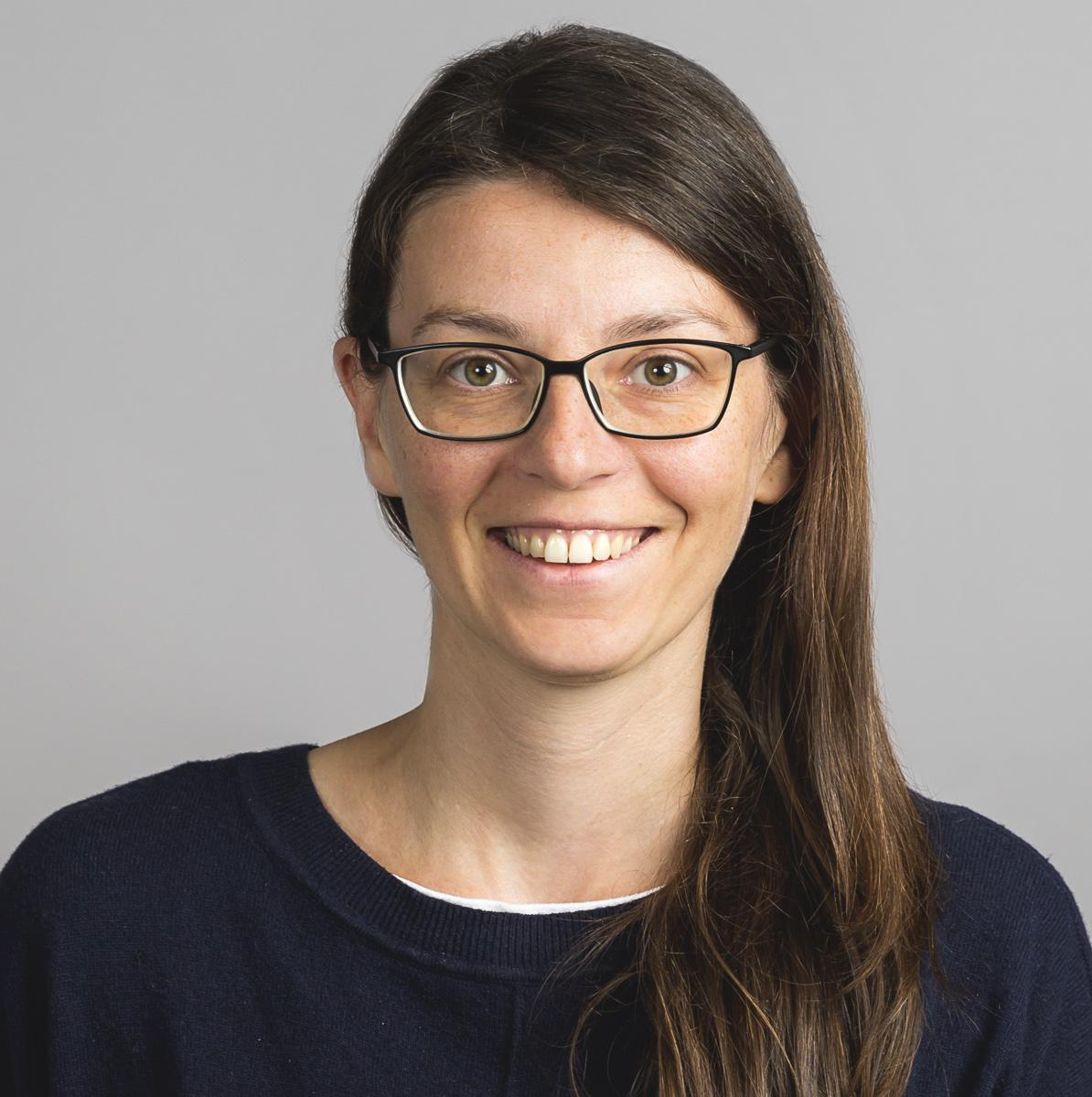
Silvia Vignolini
Professor
University of Cambridge (UK)
Silvia Vignolini is currently a University Professor in Sustainability and Bio-inspired materials at the Chemistry Department in Cambridge. She studied Physics at the University of Florence, Italy. In 2009, she was awarded a PhD in Solid State Physics at the European Laboratory for non-Linear Spectroscopy and the Physics Department at the University of Florence. In 2010, she moved to Cambridge as a post-doctoral research associate working in the Cavendish Laboratory and the Plant Science Department. Her research interest lies at the interface of chemistry, soft-matter physics, optics, and biology. In particular, her research focuses on the study of how natural biopolymers (like cellulose) are assembled into complex architectures within living organisms and they can be exploited to fabricate a sustainable functional materials.
Title: Light management for control of visual appearance, from nature to applications
The most brilliant colours in nature are obtained by structuring transparent materials on the scale of the wavelength of visible light. By designing the dimensions of such nanostructures, it is possible to achieve extremely intense colourations over the entire visible spectrum without using pigments or colorants. Colour obtained through structure, namely structural colour, is widespread in the animal and plant kingdom. Such natural photonic nanostructures are generally synthesised in ambient conditions using a limited range of biopolymers. Given these limitations, an amazing range of optical structures exists: from very ordered photonic structures, to partially disordered, to completely random ones.
In this seminar, I will introduce some striking examples of natural photonic structures and share some insight on their development. Then I will review our recent advances to fabricate bio-mimetic photonic structures using the same material as nature. Developing biomimetic structures with cellulose enables us to fabricate novel photonic materials using low cost polymers in ambient conditions. Importantly, it also allows us to understand the biological processes at work during the growth of these structures in nature.
You can hear Silvia's talk Thursday 15 September 11:15 - 12:00.
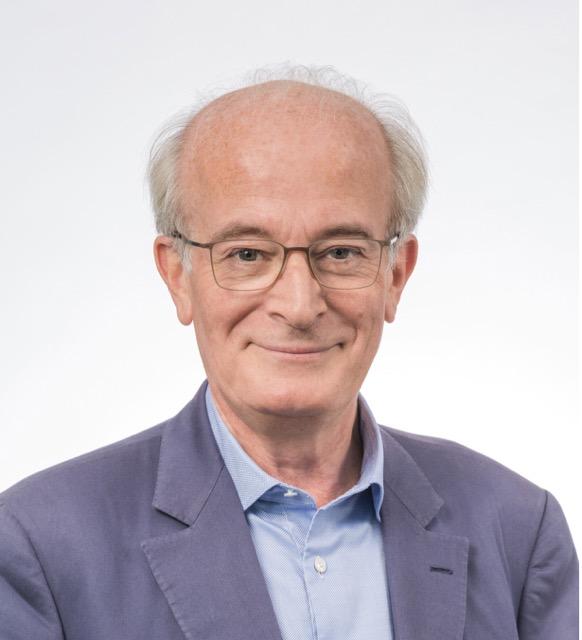
Hervé C. Lefèvre
Chief Science Officer
iXblue (FR)
Hervé C. Lefèvre is Chief Science Officer of iXblue (www.ixblue.com) in France. He was born in 1954, in Paris. He graduated from Ecole Normale Supérieure de Saint-Cloud (France) in Physics and was awarded a Doctorate in Optics-Photonics from the University of Paris-Orsay (France) in 1979. His doctorate research was performed at Thales (formerly Thomson-CSF) Central Research Laboratory, and his thesis subject was pioneering work on the fiber-optic gyroscope.
From 1980 to 1982, he was a post-doctoral research associate at Stanford University in California, continuing R&D on the fiber-optic gyroscope. In 1982, he came back to Thales Central Research Lab and became head of the fiber-optic sensor team. In 1987, he joined Photonetics, then a start-up, and became director of R&D.
In addition to fiber-optic sensors and gyroscopes, the company developed a very successful line of test instruments and components for dense-wavelength-division-multiplexing (DWDM) optical fiber communications. As the company grew, he moved to the position of Chief Operating Officer in 1999. At the end of 2000, Photonetics was acquired by the Danish group GN-Nettest, whilst its fiber-gyro activity was spun out to create iXsea. He remained with GN- Nettest and managed its Photonics Division.
In 2004, he moved to iXcore, the parent company of iXSea, as vice president for R&D with a specific involvement in iXSea's activity, and he became Chief Science Officer of iXBlue at its creation in 2010, as a merger of iXsea with several other subsidiaries of iXcore as, for example, iXfiber making specialty fibers, and Photline making integrated optic circuits.
He has authored and coauthored nearly 80 journal and conference publications about the fiber-gyro, fiber-optic components and fiber communication test instruments, and he has been granted more than 60 patents.
He is the author of a reference book on the fiber-optic gyroscope, with a first edition published by Artech House in 1993, a second one in 2014, and a third one at the beginning of 2022. These books include detailed appendixes about the fundamentals of Optics, Fiber Optics and Integrated Optics, that use many didactic figures to provide an intuitive understanding of the subject.
He was president of the French Society of Optics (SFO) for the 2005-2007 period, and president of the European Optical Society (EOS) for the 2010-2012 period.
He is Honorary Member of SFO, and member of the International Honorary Committee of the Optical Fiber Sensor (OFS) conference.
In early 2022, he was elected member of the French Academy of Technologies.
Title: Comments about Dispersion of Light Waves
Highlight on JEOS:RP
This presentation is derived from a recent eponymous publication in JEOS-RP (doi.org/10.1051/jeos/2022001). Dispersion of light waves is well known, but the subject deserves some comments. Certain classical equations do not fully respect causality; as an example, group velocity vg is usually given as the first derivative of the angular frequency ω with respect to the angular spatial frequency km (or wavenumber) in the medium, whereas it is km that depends on ω. This paper also emphasizes the use of phase index n and group index ng, as inverse of their respective velocities, normalized to 1/c, the inverse of free-space light velocity. This clarifies the understanding of dispersion equations: group dispersion parameter D is related to the first derivative of ng with respect to wavelength λ, whilst group velocity dispersion GVD is also related to the first derivative of ng, but now with respect to angular frequency ω. One notices that the term second order dispersion does not have the same meaning with λ, or with ω. In addition, two original and amusing geometrical constructions are proposed; they simply derive group index ng from phase index n with a tangent, which helps to visualize their relationship. This applies to bulk materials, as well as to optical fibers and waveguides, and this can be extended to birefringence and polarization mode dispersion in polarization-maintaining fibers or birefringent waveguides.
You can hear Herve's talk Thursday 15 September 15:15 - 15:30.
You can find the full conference schedule from the EOSAM Conftool (https://www.conftool.com/eosam2022/sessions.php).

